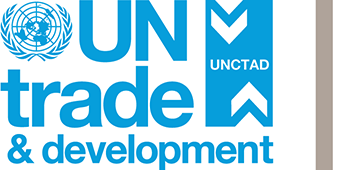AstraZeneca AB (Sweden) vs China National Intellectual Property Administration (CNIPA): (2019) SPC IP Admin. Final 33
In this case, the SPC established the standard for accepting supplementary experimental data by CNIPA in patent invalidation process.
